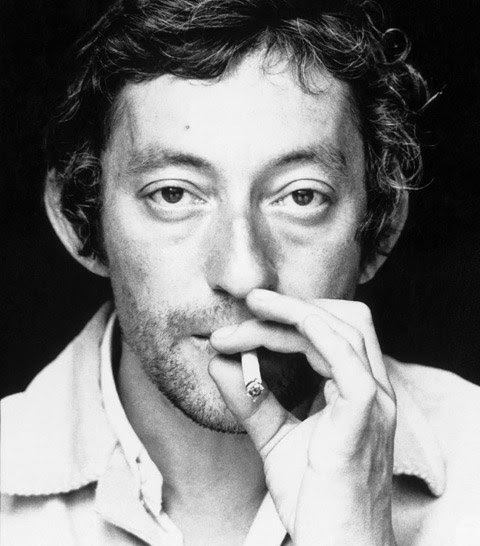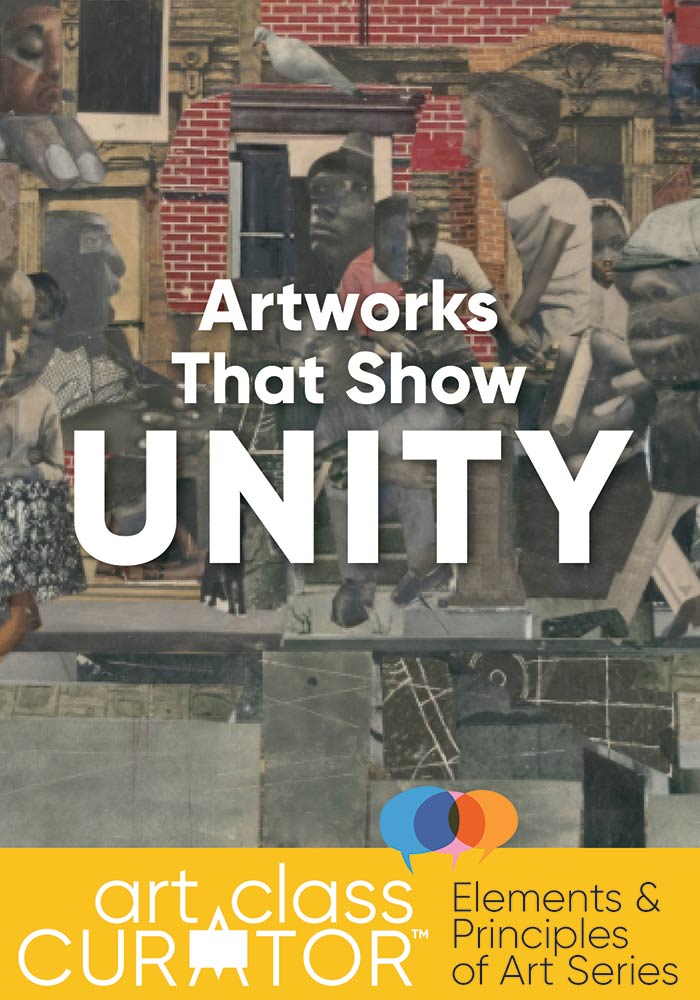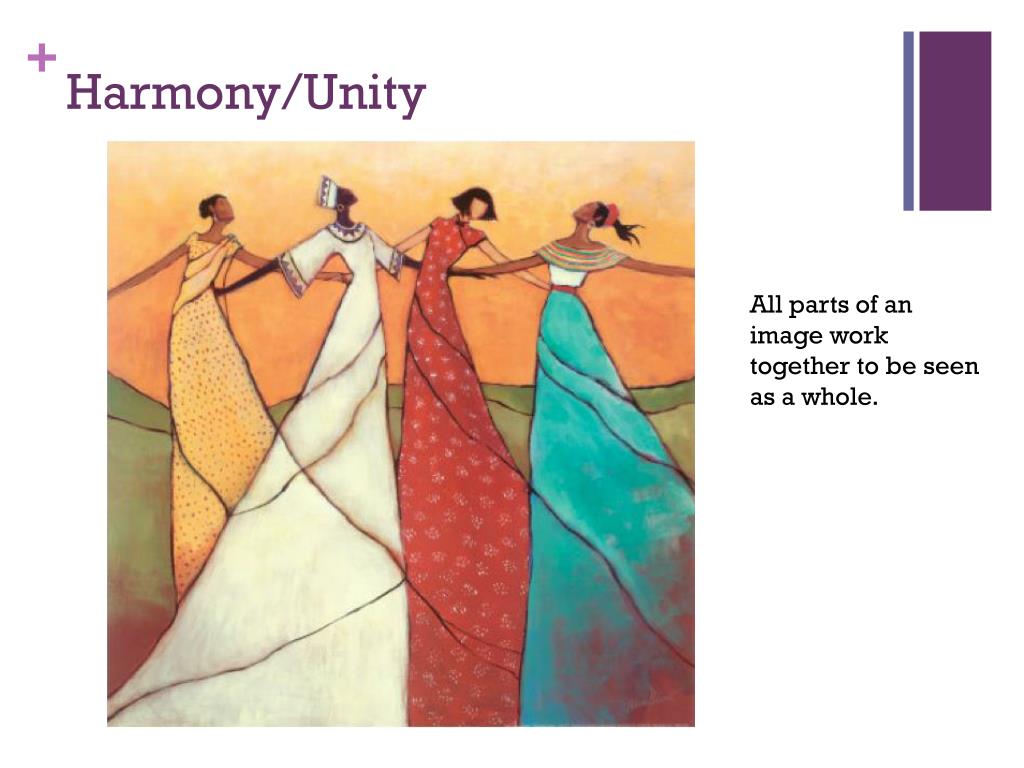
Here are some proven methods that ensure a unified composition… Therefore, developing unity in artworks requires the artist to pay attention to its development throughout the process of creating. We must evaluate unity by looking and analyzing. One cannot, however, simply imagine unity and hold that concept in the mind. One can imagine a solitary shape and hold that shape in the mind. Different from the elements of art, unity is an impression – a feeling the artwork conveys to the viewer. Like harmony and variety, unity is not easy to understand at first. When the car functions as it should, the parts are working together in unity. No part of the car, separated from the whole, is capable of providing transportation. When the many parts of a car are working together, it moves. A car’s purpose is to provide transportation. We can better understand unity by thinking about a car. Unity is about separate parts working together. Some of those ways are particular to individual artist’s style. There are numerous ways to create unity in art. Unity and harmony are similar, but unity is more broad. Unity is the principle of art that gives an artwork a feeling of “oneness”. The ball breaks the monotony of squares and adds interest.

The round form of distorted squares adds variety. The orange squares and the blue grid that surround them are in harmony based on both color and shape. Too much harmony is boring while too much variety is aimless and incomprehensible. Harmony and variety play tug-of-war in a composition. To emphasize one is to de-emphasize the other. Harmony and variety are really opposite expressions of the same nebulous concept. Principles of art bleed into one another. Note: If an artist uses variety to draw the viewers attention to a specific area in a composition then variety morphs into emphasis, also a principle of art. Bright colors next to dull colors add variety. Organic shapes among geometric shapes add variety. Straight lines next to curvy lines add variety. When an artist places different visual elements next to one another, he/she is using variety. Variety works through juxtaposition and contrast. Variety is the principle of art that adds interest to an artwork. A favorite professor of mine used to say, “Variety is the spice of life”. Art needs variety also.Īll harmony and no variety is boring. Vacations are a measured dose of variety in a person’s life.


One thing is certain – vacations look different than the routines they interrupt. Some people are active when on vacation while others do nothing at all. A vacation is an interruption of life’s routines. That is why vacations are such a pleasure. Varietyįor many people, performing the same task or following the same routine over and over again leads to boredom. The parts of the image below are in harmony because every contour is a curve.Įven a narrowed range of value can contribute to harmony in a work of art. For example, a composition that utilizes only curvy shapes will have more harmony than a similar composition that includes both curvy and geometric shapes. Likewise, a uniform texture of brush strokes across the surface of a canvas creates harmony.Īnother way to guarantee harmony is to choose compositional components that are similar in shape and contour. Specifically, harmony uses the elements of art (color, line, shape, form, value, space, texture) as a vehicle to create a sense of togetherness amongst otherwise separate parts.Ī set of colors that relate according to a specific scheme creates harmony. Harmony does, however, enhance unity in a work of art. One should note that harmony is not the same as unity. Harmony is the principle of art that creates cohesiveness by stressing the similarities of separate but related parts. The first two, previously mentioned, are harmony and unity. These three principles are best understood as a group since they are related. This article explores three of the principles of art. The principles of art can create a feeling about an artwork and feelings are difficult to quantify. Two specific principles – unity and harmony, come to mind. That same person, however, may struggle to verbalize the differences between some of the principles of art. A person without any art education would immediately recognize how shapes are different from colors. Shape and color are both elements of art.

A shape, for example, is obviously different from a color. Compared to the elements of art, the principles of art are challenging to understand.


 0 kommentar(er)
0 kommentar(er)
